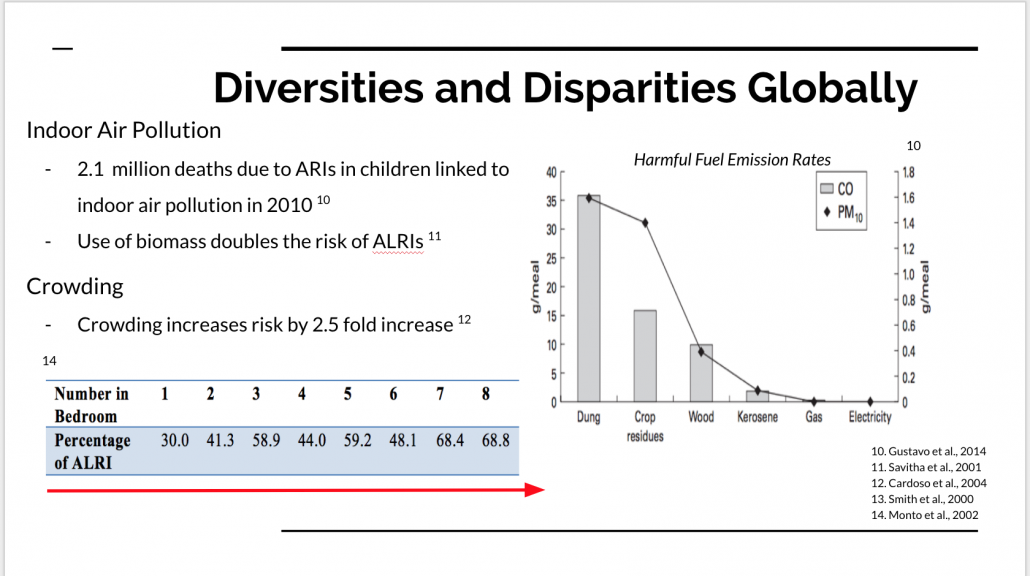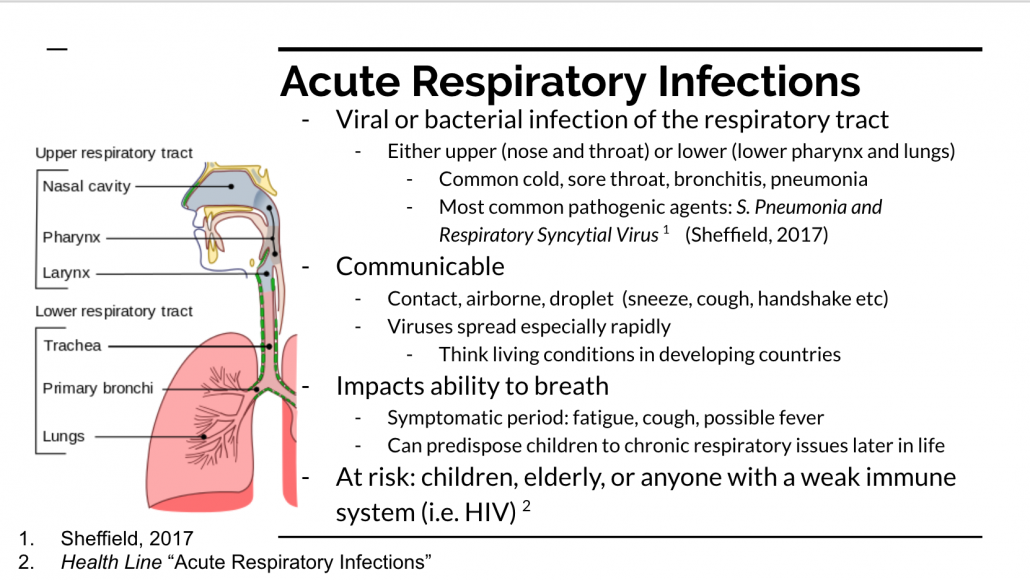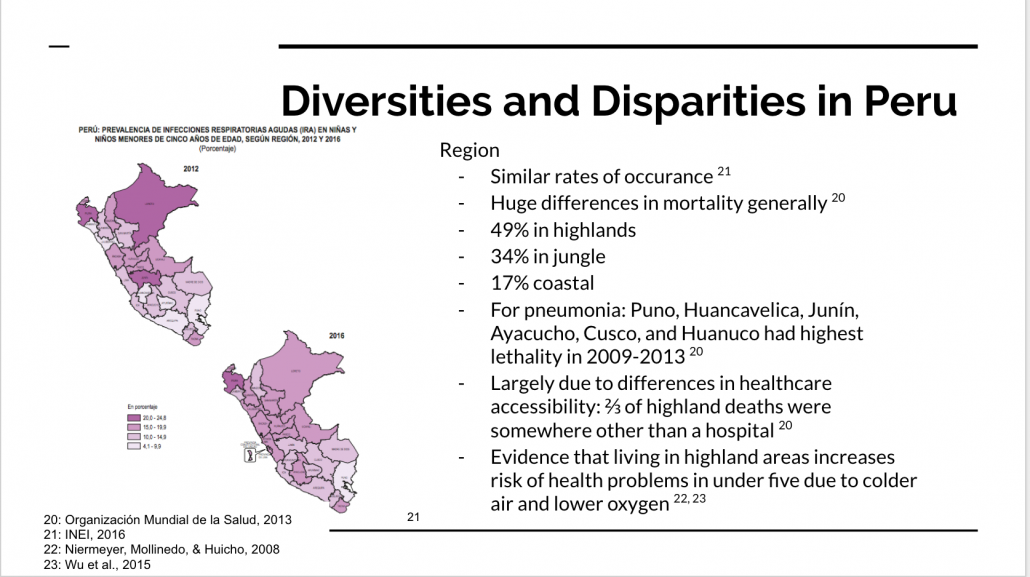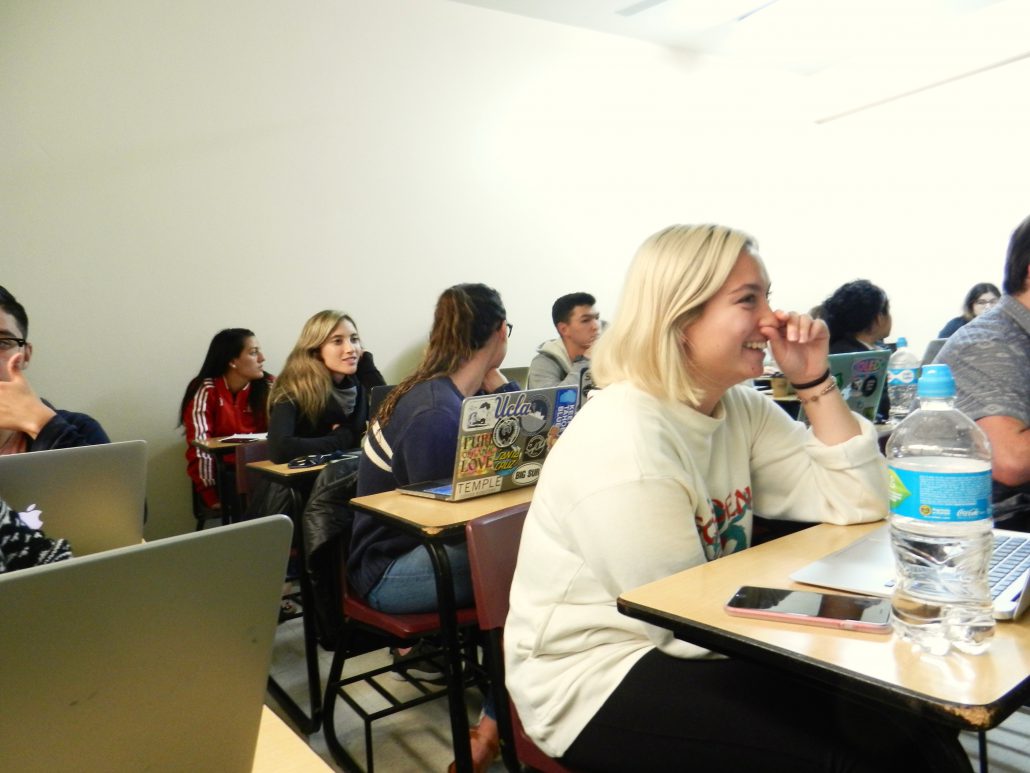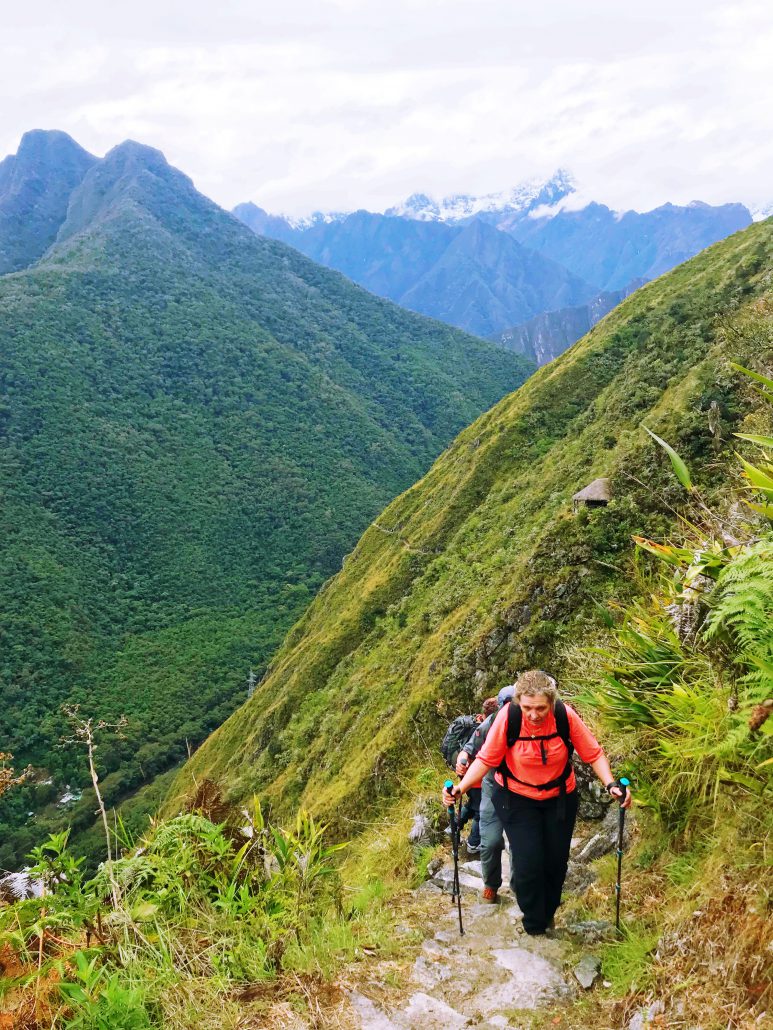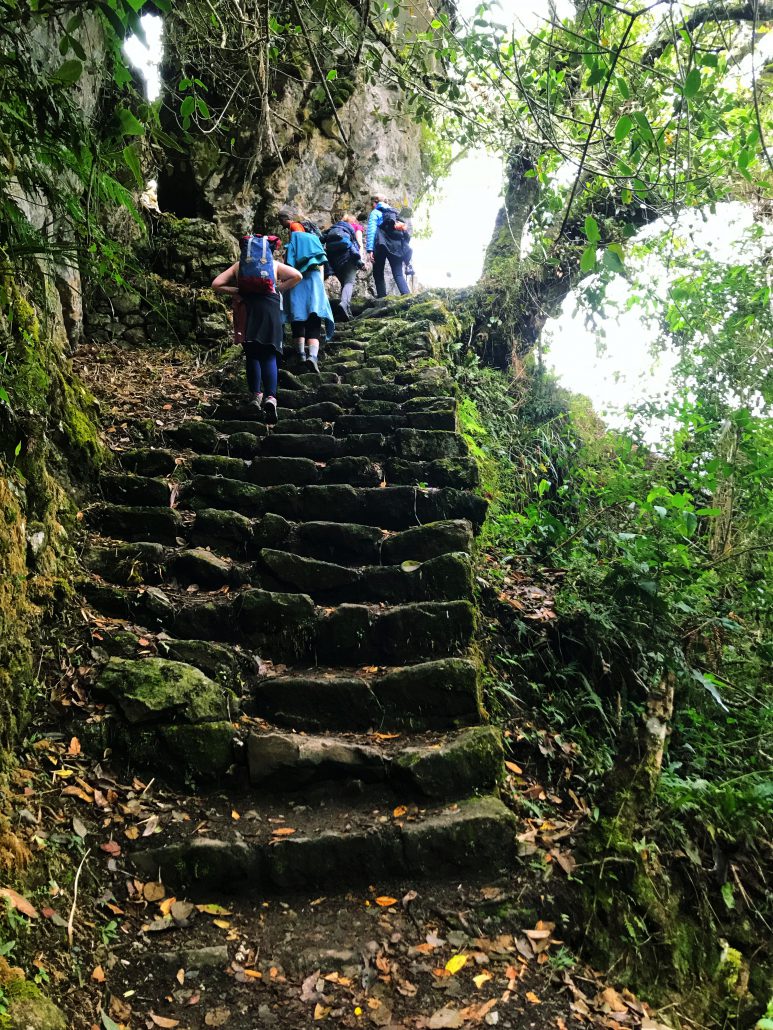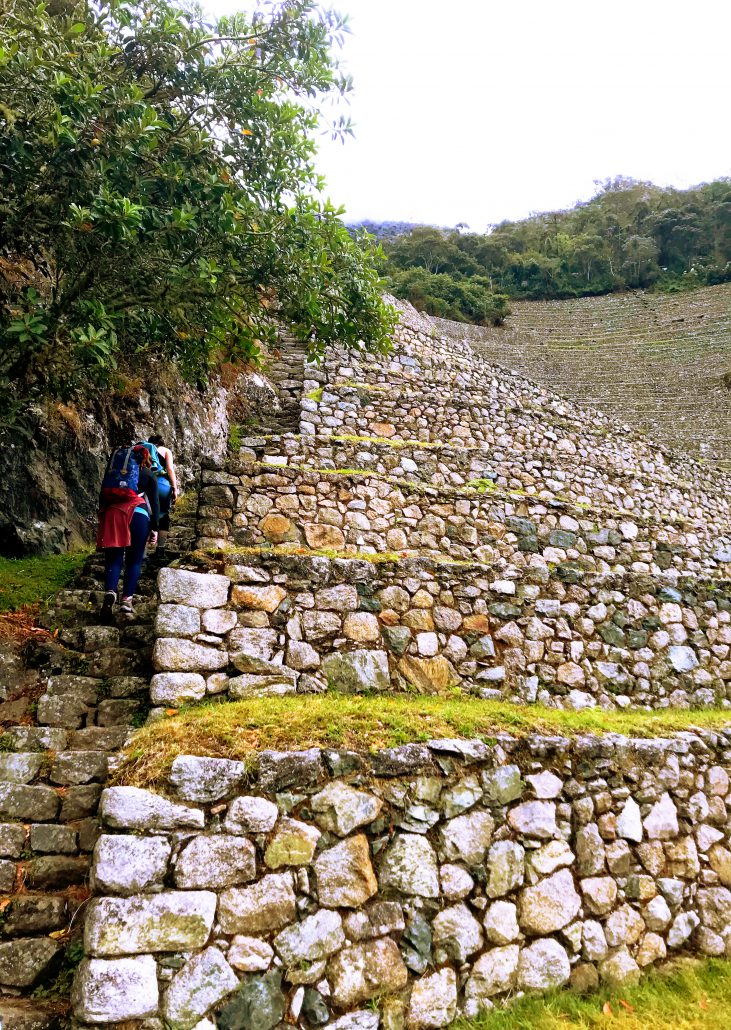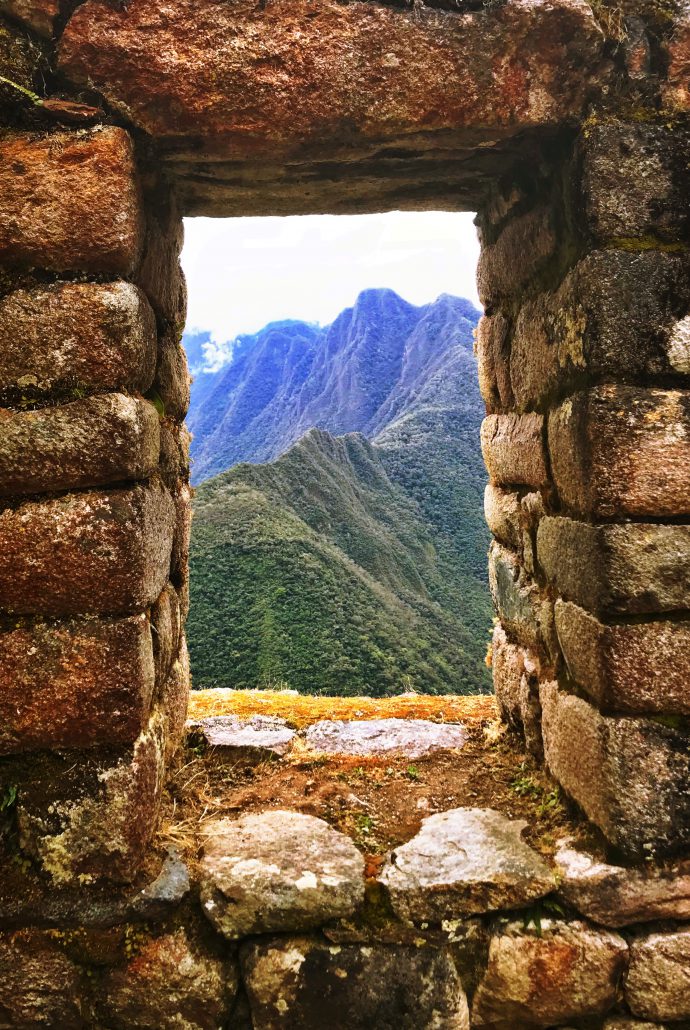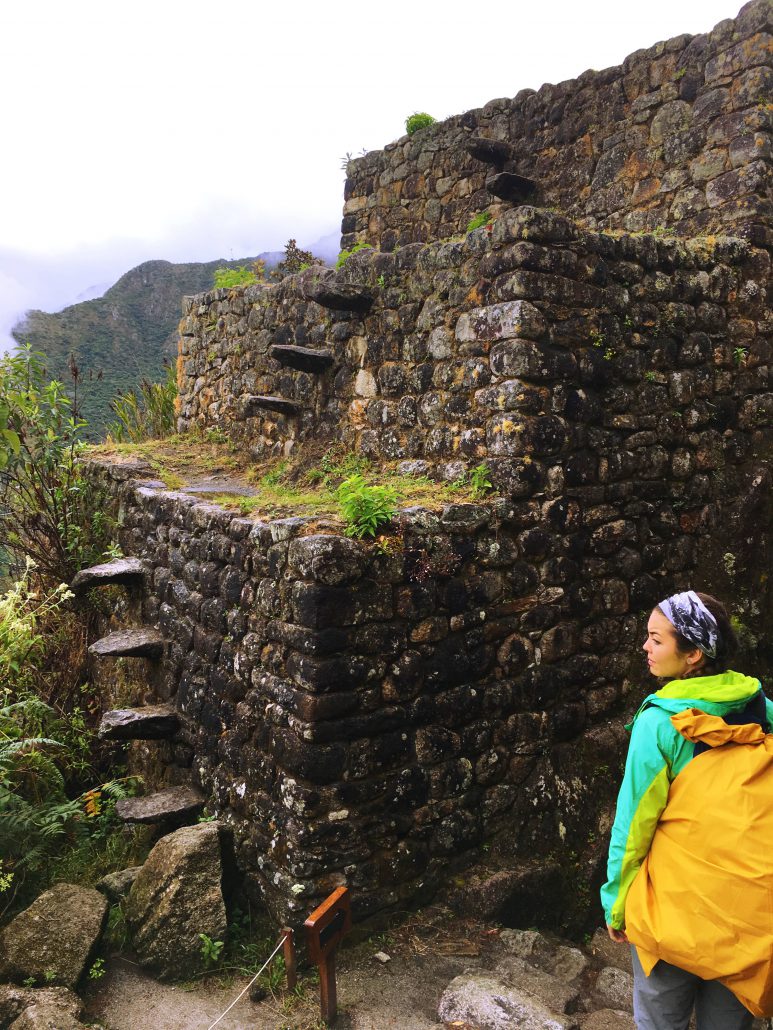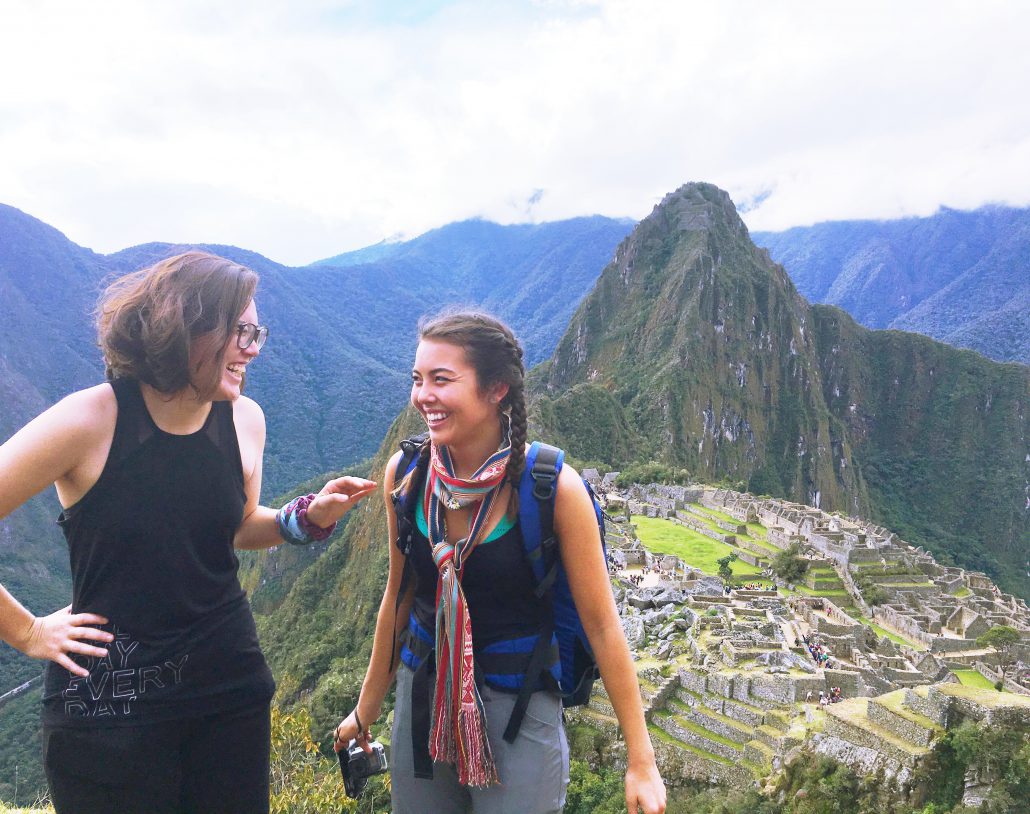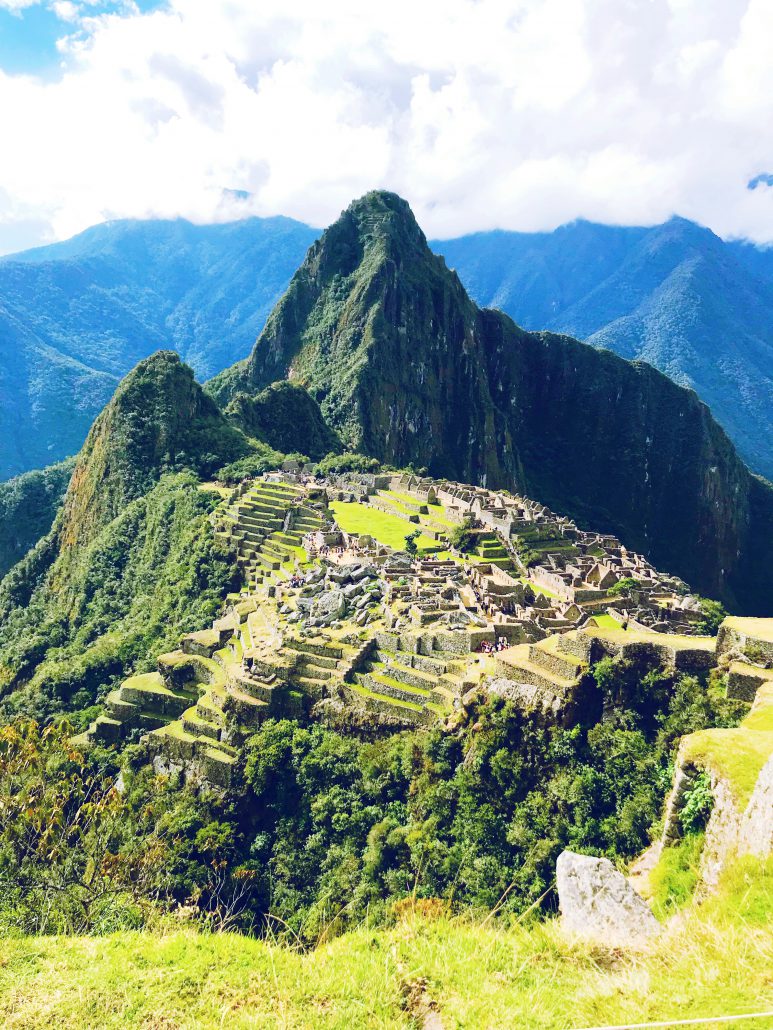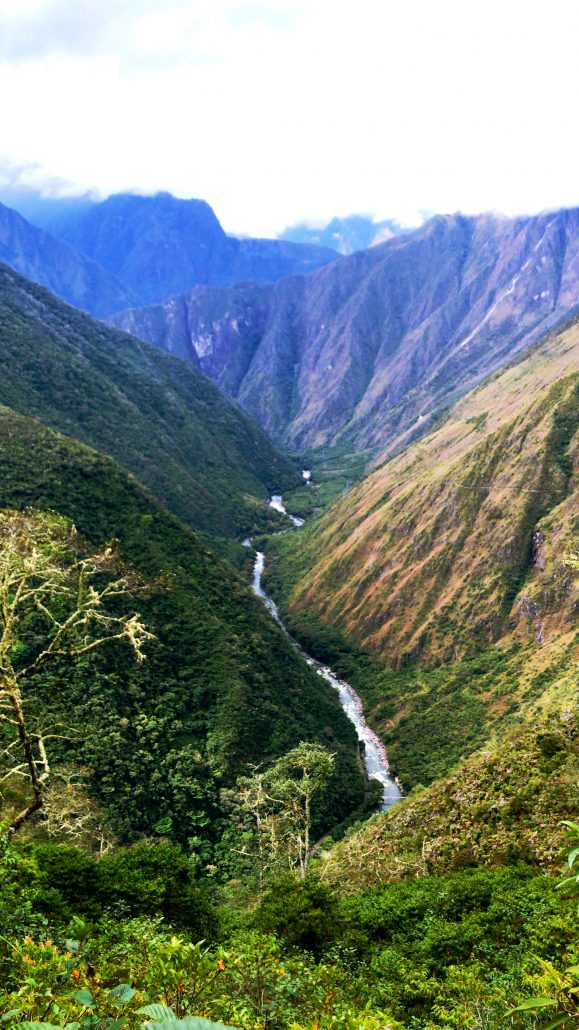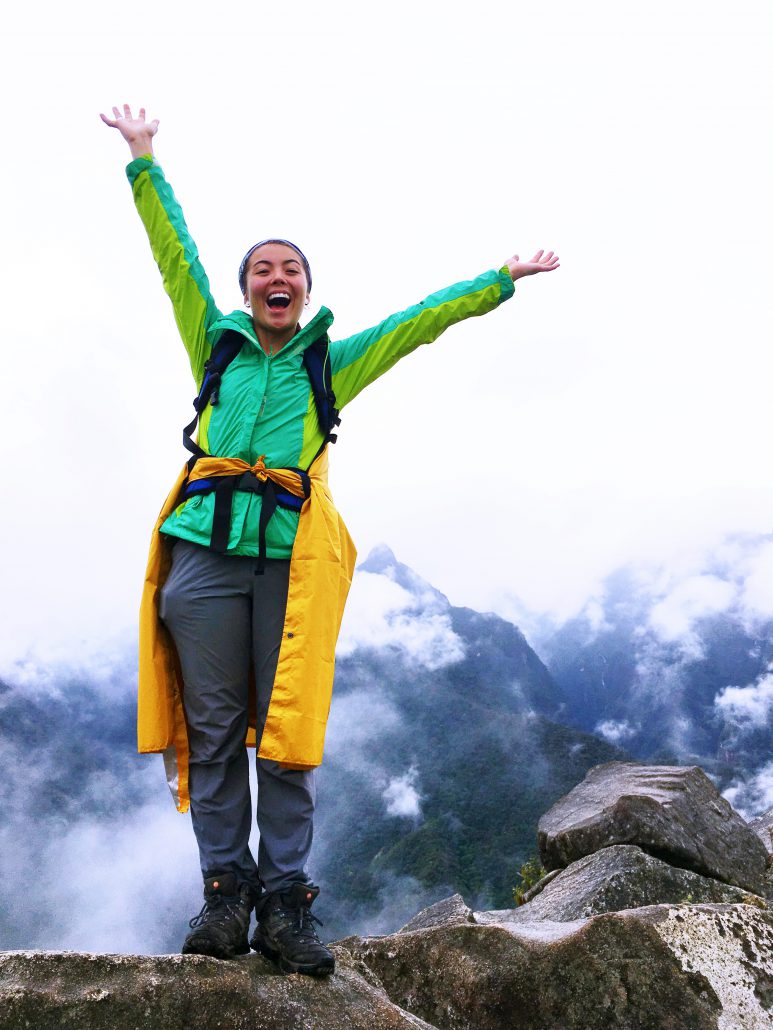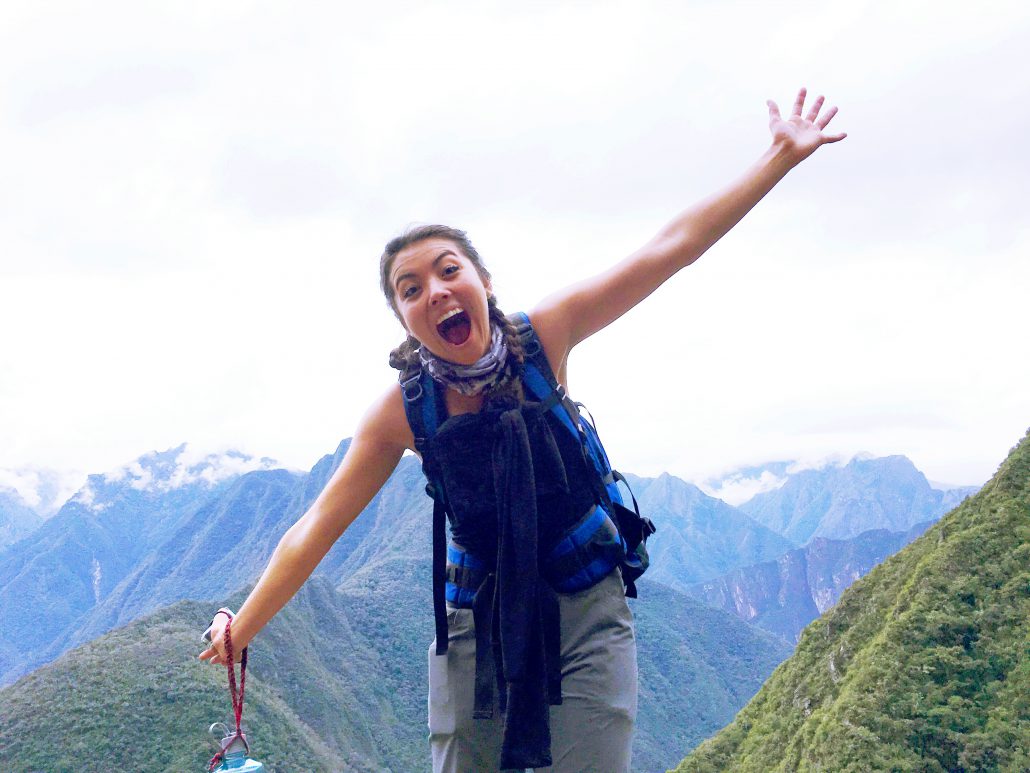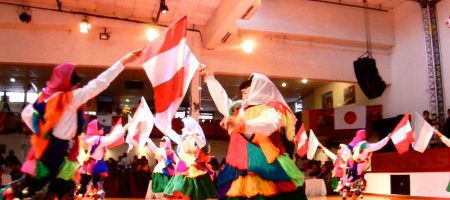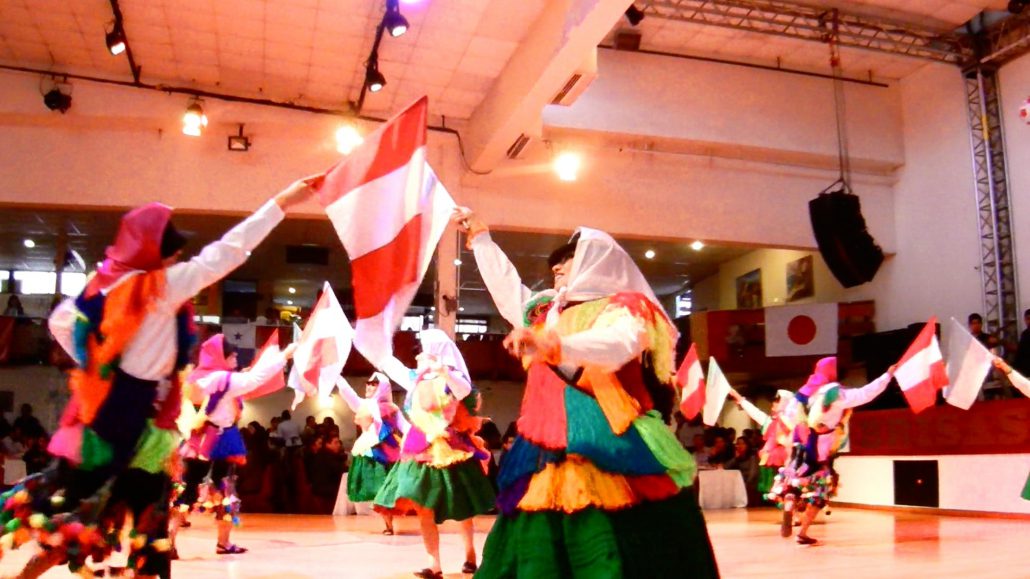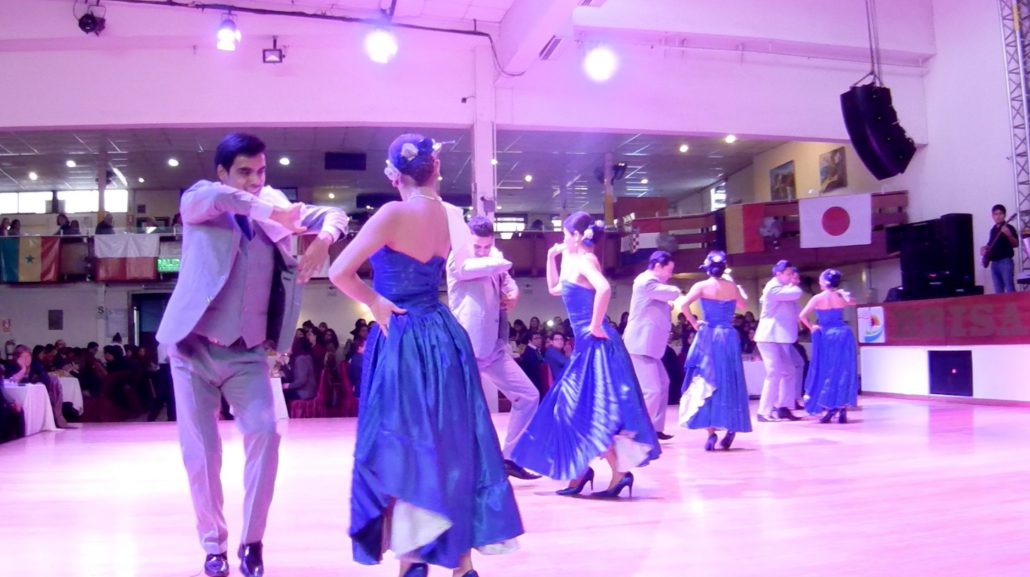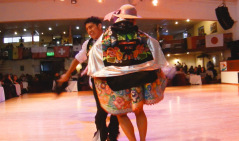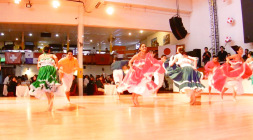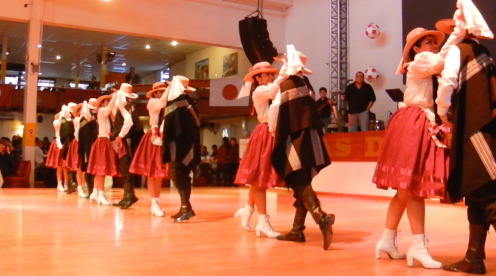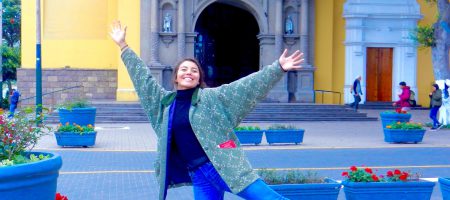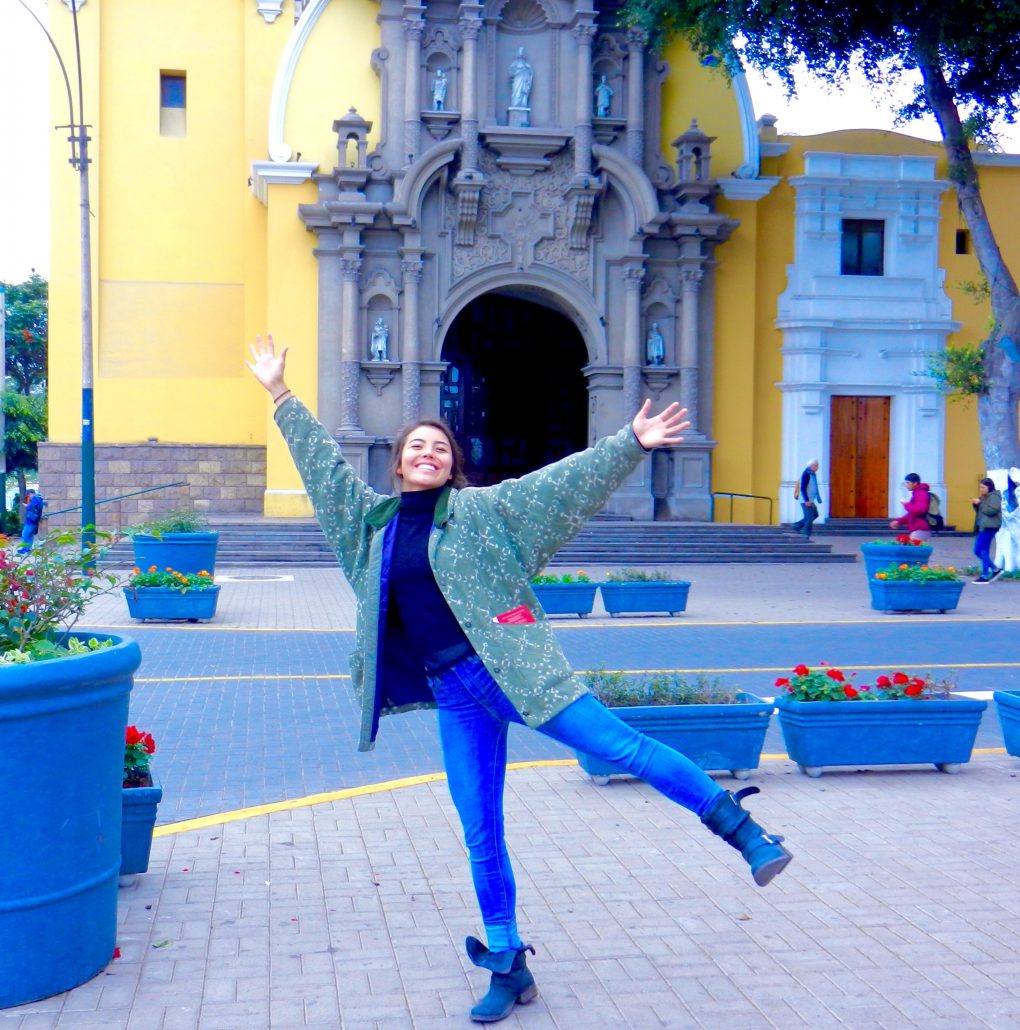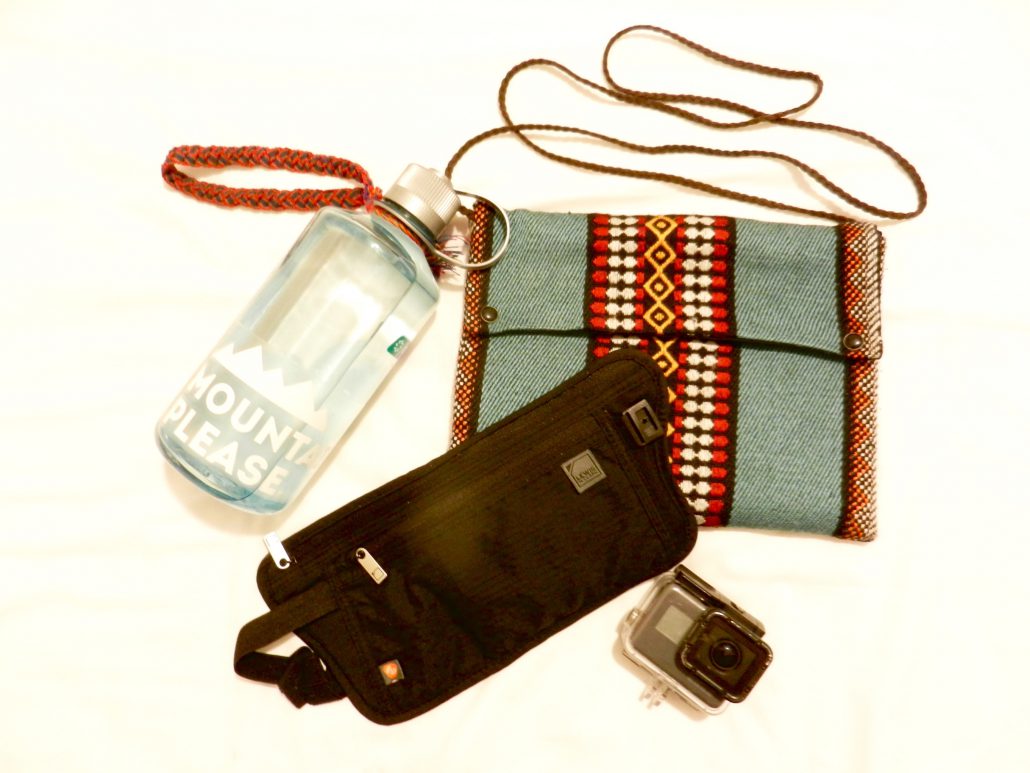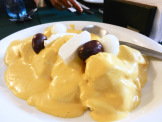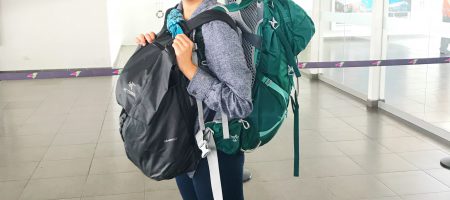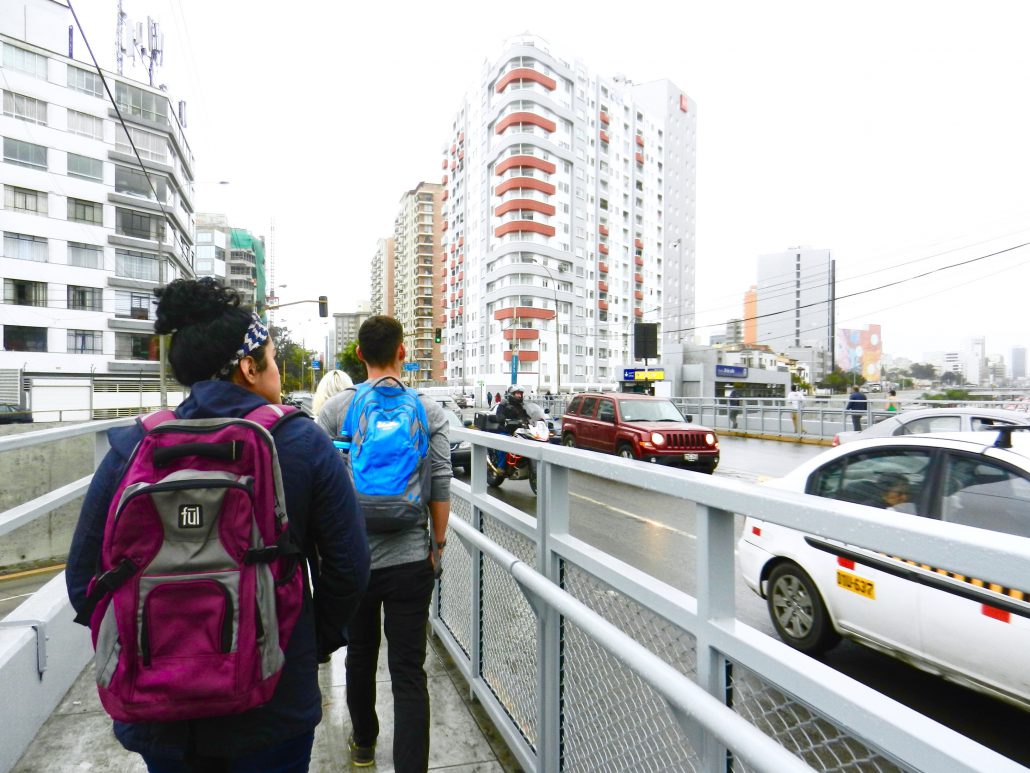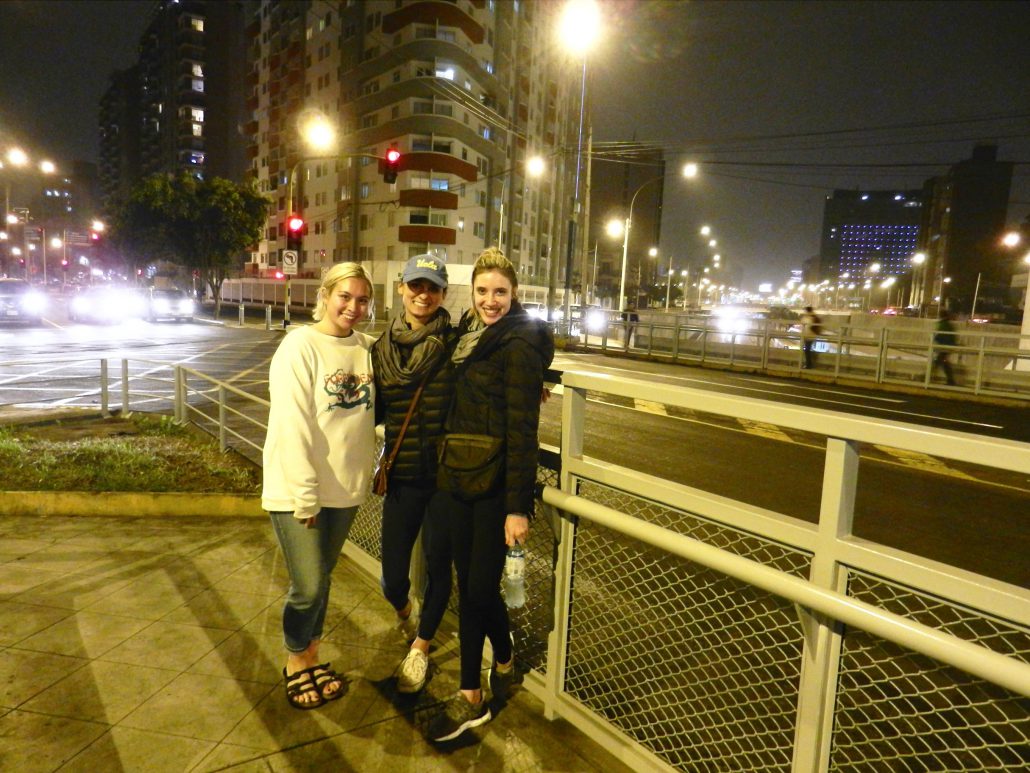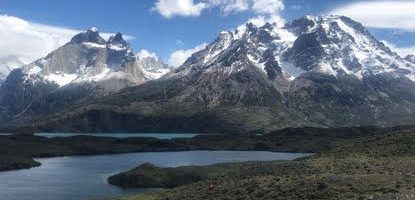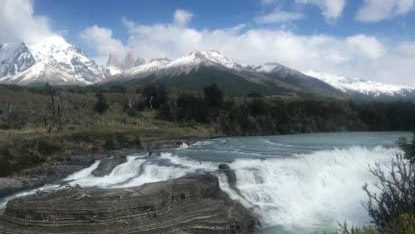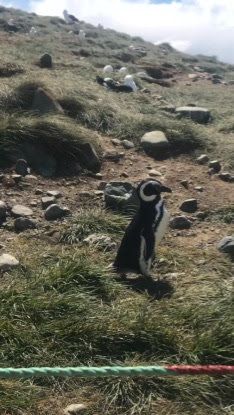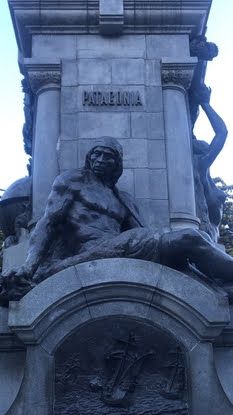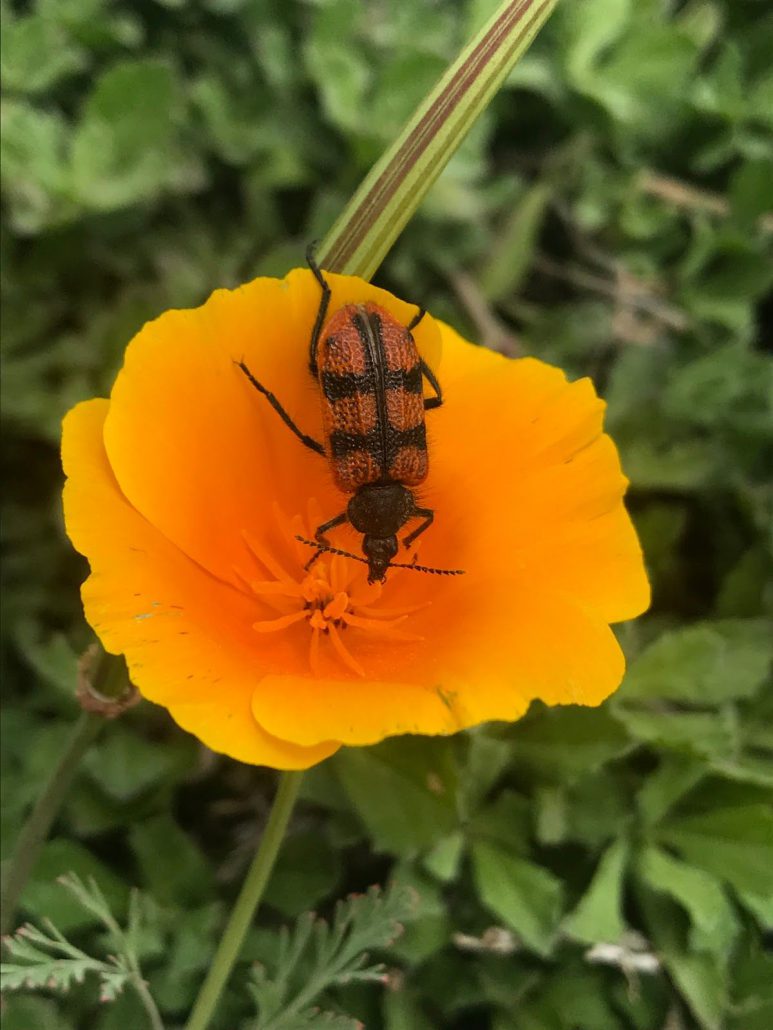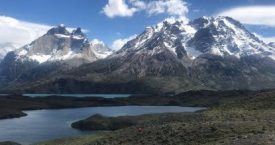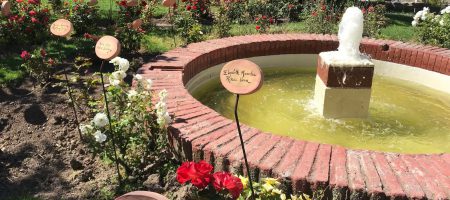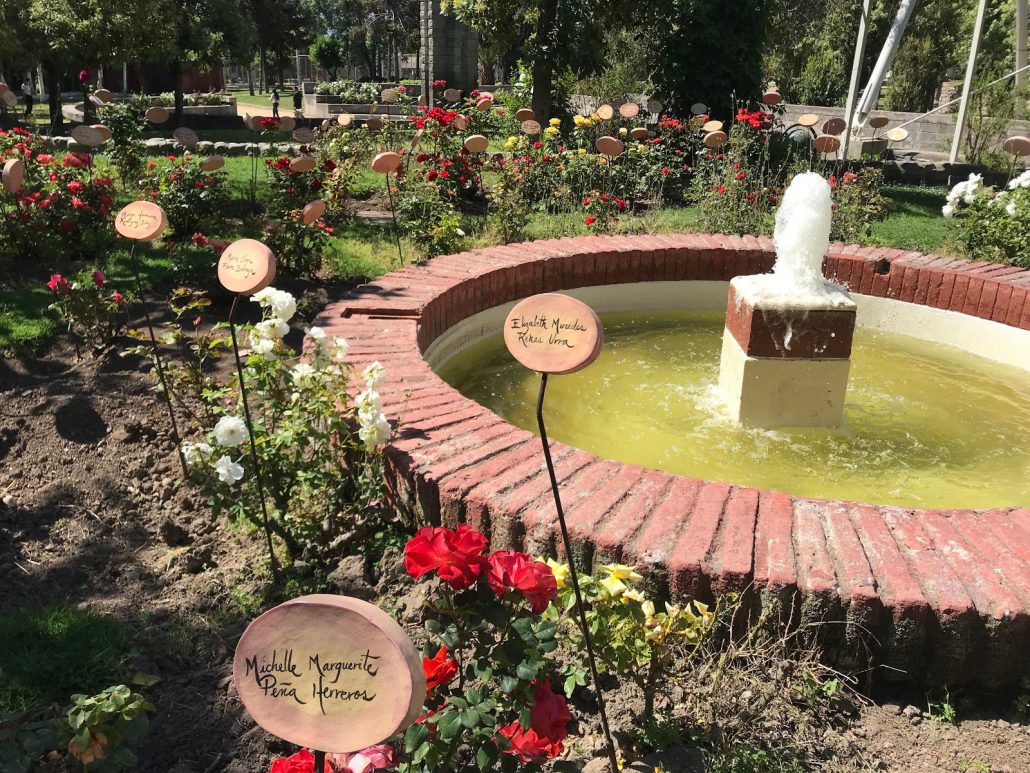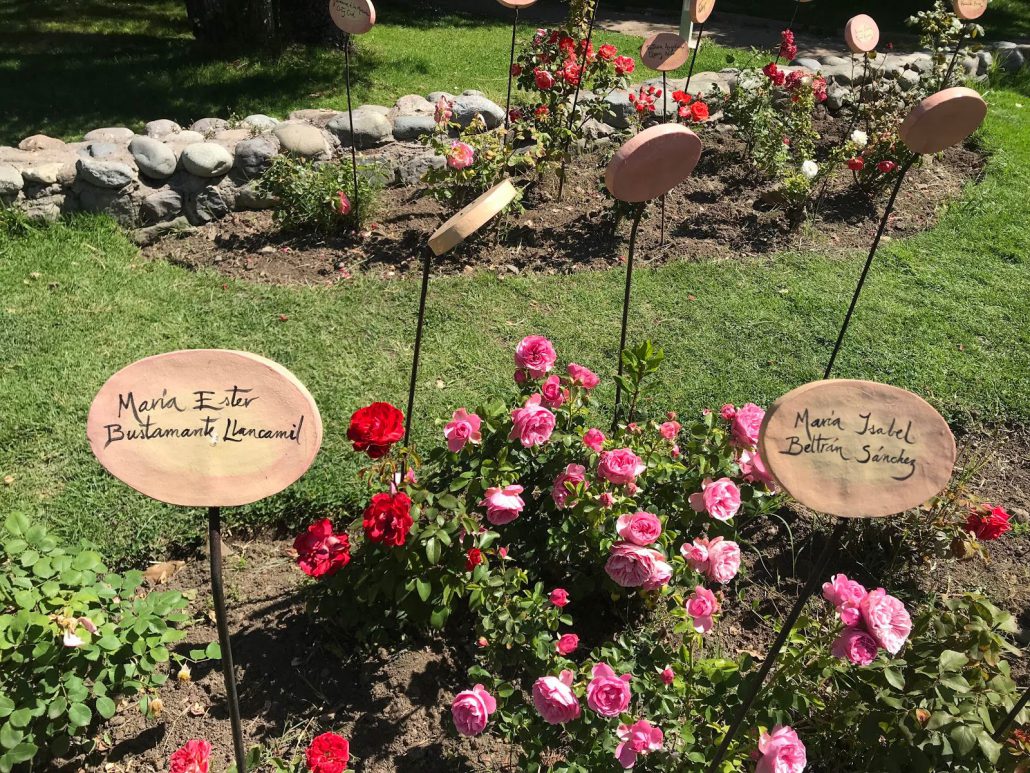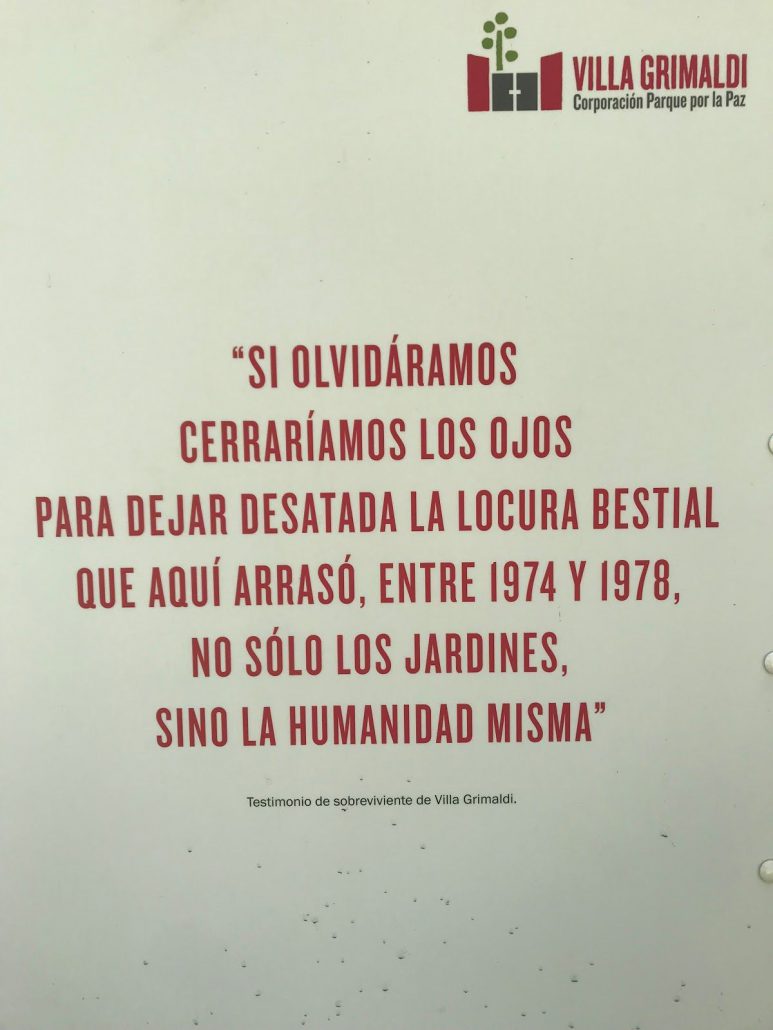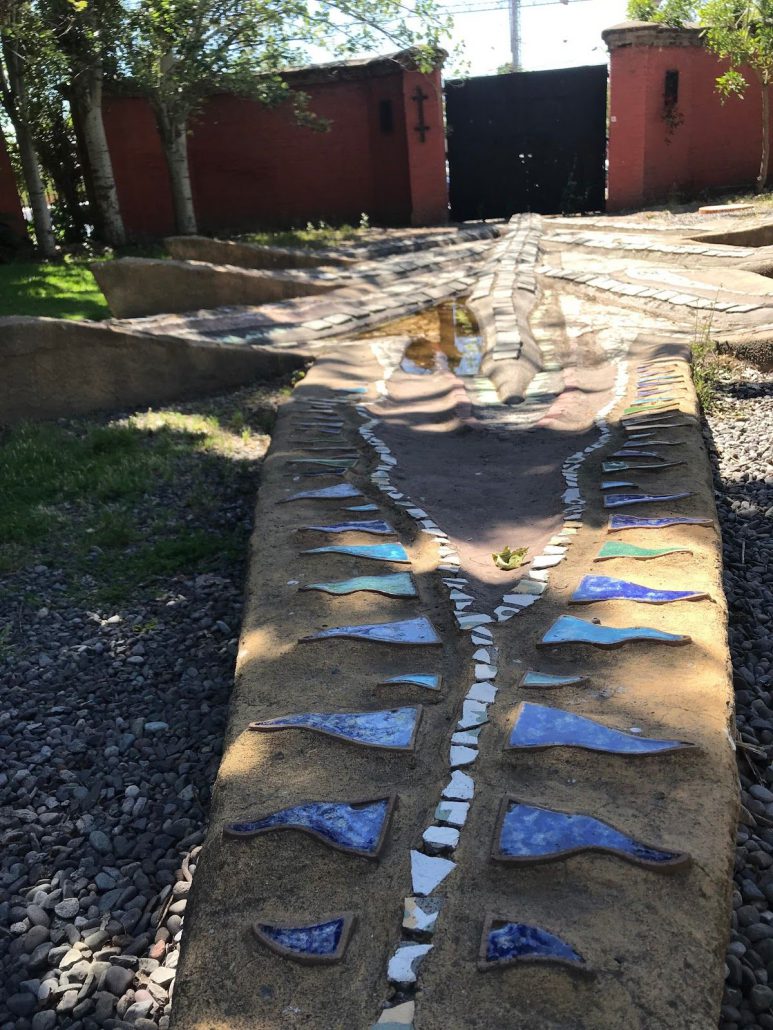Peru | Excursions in Lima
BY MIKA NAGAMOTO
Lima is an incredible city full of art, history, and culture. During our four weeks living there, my friends and I had a hard time deciding what to do because there were simply too many exciting things to try out. Here’s a list of the things that you shouldn’t miss while in Lima.
Go to the beach…
I visited Lima during the Winter so going to the beach was not anything like my experiences in LA, however, the ocean views, and rocky shores were my favorite place to read and hang out. It’s also very popular to take surf lessons. You can walk down to the beach closest to Miraflores where local surf instructors have gear for you to rent out for a low price. Another popular spot by the ocean is the Pier 242 in Miraflores which has very nice restaurants and boutiques for souvenirs. The Larcomar Shopping Center is a very nice outdoor mall that overlooks the ocean and beach. This is a good place to find restaurants and clothing shops although the prices are definitely higher than the rest of Lima.
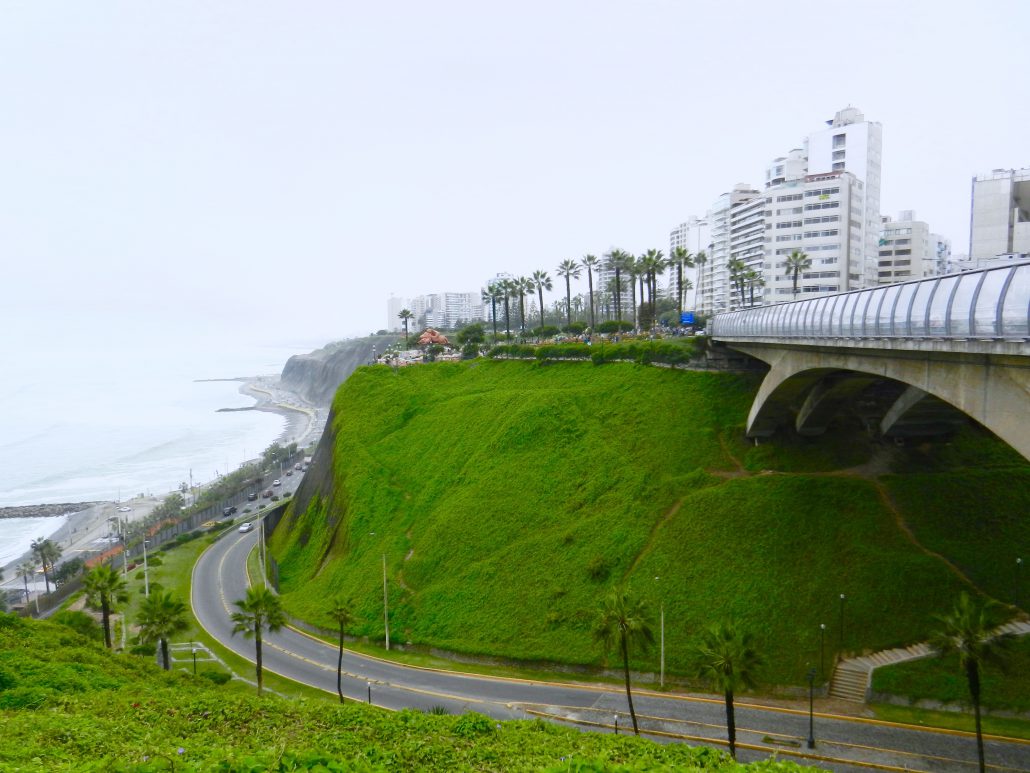
Get coffee at the cat park…
Parque Kennedy is a popular outdoor park which is also a haven for cats. The cats here are very friendly and well taken care of by locals who feed and look after the stray cats. Surrounding the flower gardens are many restaurants and coffee shops that attract tourists. Street vendors also sell delicious desserts such as arroz con leche (sweet rice pudding) and picarón (fried pumpkin and sweet potatoes in the shape of donuts). Artists can also be found selling their paintings along the streets.

See the largest fountain show in the world…
For less than a dollar you can see the Magic Water Circuit (Circuito Mágico del Agua). This 19 acre park has 13 impressive fountains illuminated by colorful lights. My friends and I came here one night and had such a fun time viewing the light shows. Be sure to look up when the light shows are before going so you don’t miss the impressive laser lights.Website
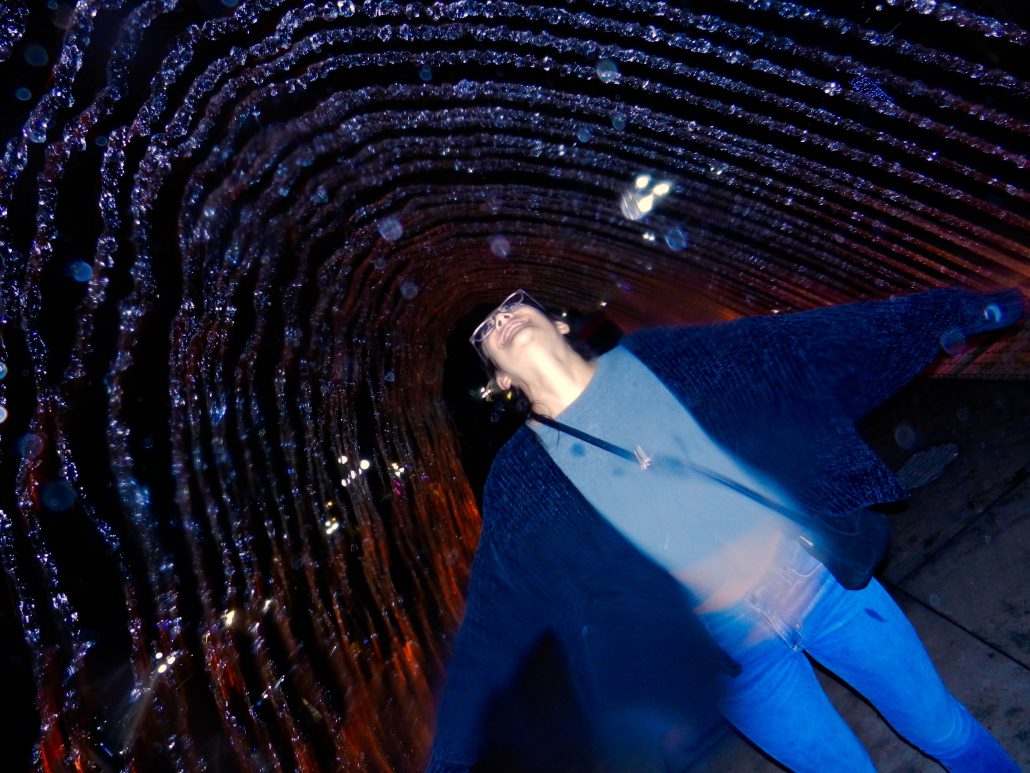
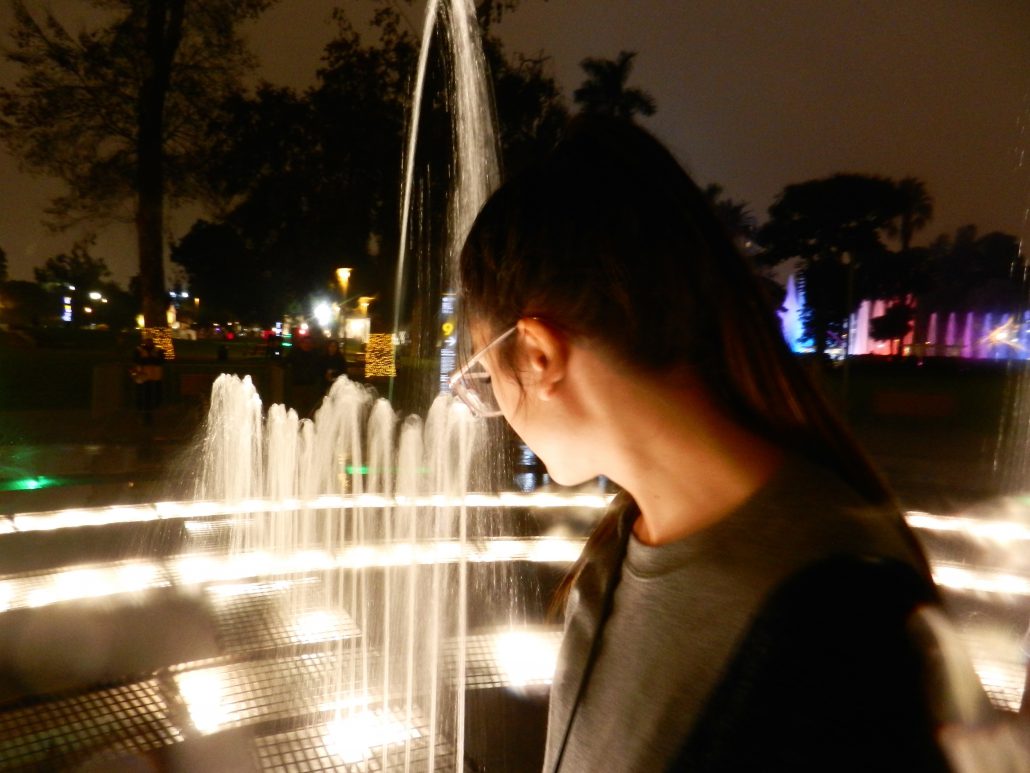
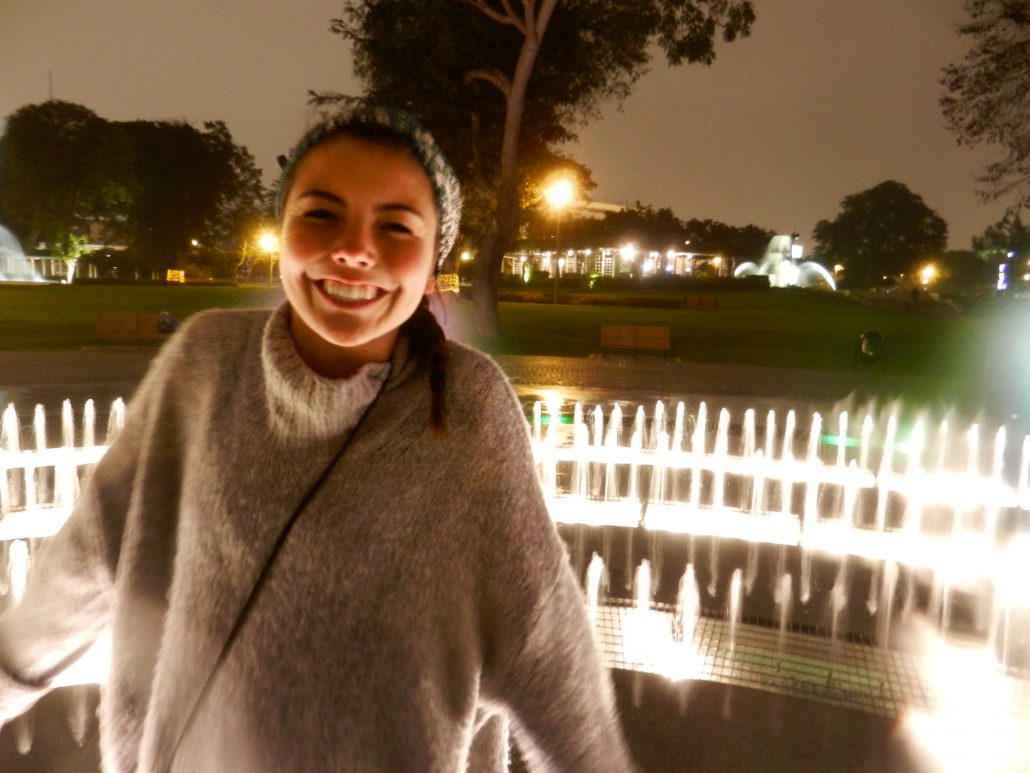
Buy alpaca sweaters, silver jewelry, textiles, and other souvenirs…
There are tons of places to buy souvenirs for really great prices. The Inca Market and the Indian Market are both located in Miraflores right next to Parque Kennedy and have rows and rows of shops filled with souvenirs of all kinds. These markets have generally the best deals but be aware that they aren’t the best quality. The Feria Barranco is much less touristy and has cool bohemian shops with local art, clothing, and music. This fair is only open on Fridays, Saturdays, and Sundays. Here is the link for the fair’s Facebook page including the address and information.
Visit ancient ruins….
The Huaca Pucllana Ruins in Miraflores are an exceptional piece of history that are currently being excavated. Tours for these pre-incan ruins are available in Spanish and English. There is also an incredible restaurant located next to the ruins. I was lucky enough to visit these ruins and dine at this restaurant through my abroad program.

Mika Nagamoto studied abroad in Lima and Iquitos, Peru, in summer 2018: https://ieo.ucla.edu/travelstudy/GlobalHealth-Lima/




